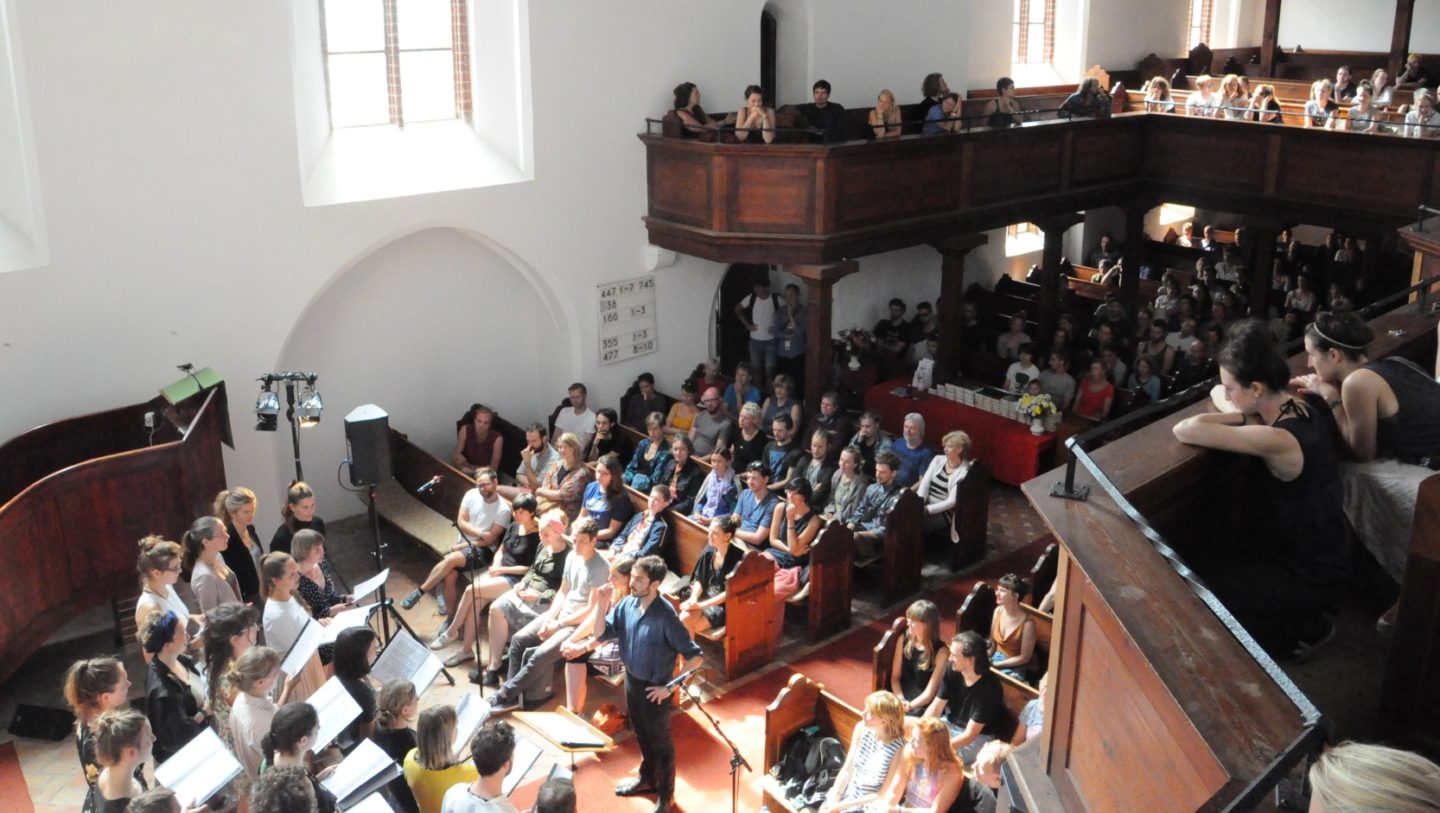There’s a German saying I once caught which more or less translates to “You can get the people out of the village but not the village out of the people” and the older I get the more I understand that. I grew up in a small village in the East of Germany – North of Saxony, close to Brandenburg – and that might have shaped me more than I originally thought. These places share a special history. Especially German towns on former GDR territory are struggling more and more over the past years. Recently, the bakery in my home village closed down which was the last remaining shop there. Back when I was a kid there used to be markets, restaurants, sport and youth clubs, and plenty of kids on the streets. It was a vital little microcosm but it wasn’t meant to last. These days especially the Eastern German regions have to face increasing economic and social problems. Some places that are literally dying out. The young people are leaving for bigger cities and the ones that are left behind struggle to find jobs or even a functioning infrastructure. It’s tough and sometimes you just have to wonder what went wrong here. Well, it’s certainly not the places and the people if you ask me.
Flashback to last summer. Storkow, a small town round about 50 km in the South/East of Berlin, is enjoying a wonderful summer evening. People are on the streets, chatting, having a beer or a glass of wine while strolling through the cosy city centre via foot or bicycle. In the middle of the historic market place, Israeli artist Noga Erez starts performing a quite futuristic mixture of urban pop, hip hop, and electronica. I witness two elderly inhabitants encounter the bizarre scenery with skeptical wonder. Within a few minutes, the woman starts dancing along with her eyes wide open and her husband (I assume) starts tapping his feet as well while smiling. Next to them, two young hipsters, probably from Berlin, start dancing with cocktails in their hands. It was odd but a joyful moment. The whole day saw this clash of different worlds and that sums up the character of Alínæ Lumr pretty well. Later during that weekend iconic shoegaze heroes Slowdive would perform. “I mean come on, Slowdive in Storkow! What the fuck,” says Laureen Kornemann with excitement. She has been a crucial part of the event in Storkow celebrating its fifth anniversary this year. And that’s why I tracked her down to understand that special spirit of the event a bit better.
Storkow is an interesting choice to set up an indie music festival, to say the least. Why did you pick it?
“Storkow has a lot of “small town charm” and some “locational advantages”. The places where our visitors camp, dance, and swim are all within walking distance and centrally located in the old town. A regional train goes here (even if it seems to be the smallest in the world) and the Storkow people are so nice to open their doors, again and again, to let us fill new, hidden places with music and culture. And it’s very practical: Some of the team members grew up here and did location scouting during their Abitur.”
For those out there who haven’t been to Storkow yet: Tell us a bit about that town.
“It’s an hour drive from Berlin over meadows, lakes, through undergrowth and heather to our contemplative Storkow in the Mark Brandenburg in the district Oder-Spree. Storkow lies between the Scharmützelsee and Königs Wusterhausen, surrounded by lakes and avoided by motorways. There is a castle in Storkow (one of our stages), a historic wooden bascule bridge, a corn maze, and a district called Philadelphia. Need more?”

Welcome to Storkow. Photo by Lina Zuppke

A passionate audience. Photo by Fabian Willi Simon
Overcoming stereotypes by offering exchange
Well, surely not. The small size might be the biggest plus of the festival. The majority of the venues are within a five-minute foot walk from the camping site, which also happens to be very cosy and close to a lake. Storkow invites you to walk through the tiny streets, sit by the canal while enjoying a laid-back slacker band at the Mühlenfließ, an old mill by the river. There’s also a church next to the market which is ideal for silent musical moments. Last year the Alínæ Lumr started including the nearby Irrlandia in the festival, a small kid’s amusement park, which is obviously something the festival audience embraced as well. All festival visitors get free entrance to it and I can tell you from personal experience that it pays off.
However, the most important thing that Alínæ Lumr does during these three days is to fill the streets of Storkow with life. During my visit last summer, I noticed the beauty of the town for the first time. But I was also surprised by how deserted it is. Many shops have closed down and I can only assume how it might look, once the roundabout 1.000 festival visitors have left the place. But for a brief moment, the small town seemed like the place from my childhood – a spot where people come together and talk to each other, no matter if they interested in different things. And yes, I also witnessed people who were clearly overstrained by the neo-classical jazz playing in the church last year but at least they gave it a shot. The story of Alinae Lumr is one about not giving up, as Laureen tells me – whether it’s the actual festival or the town itself.
East Germany got a troubled history ever since the Wall came down. Many regions have to deal with structural difficulties and the migration of young educated people to cities. This often results in an overall frustration and desolated towns. What are your thoughts on the development of these places and their people?
“Our team is united by the desire not to leave this idyllic 9,000-inhabitants inner city to its economically and politically irreversible fate. As you have already said, Storkow, like other small towns in the state of Brandenburg, is undergoing a painful structural change that entails moving away, increased vacancy, and unemployment. Nevertheless, there are still, many specialist shops and service providers who have been running their businesses here since the GDR. To experience the exciting trade history, we have initiated an interactive city tour “Hinter den Fassaden” (Behind the Facades). It will also be available during the festival. With the festival, we want to make sure that, for a moment in the summer another face of the city shines through. We believe that it helps us all to see and to hear the small town and the countryside from a different perspective.”
Living in a big city, we come across one or the other stereotypical image of a person living in the countryside. These often display the inhabitants as frustrated narrow-minded right-wing voting people who aren’t interested in any cultural exchange. But I think this is utterly wrong and I saw something quite different last year. What are your impression of the local audience and the level of acceptance of the festival?
“The Alínæ Lumr lives from an unusual form of opening up the city. It guides visitors through the city and shows the welcoming culture of the region by inviting international and national artists. Alínæ Lumr stands for mutual recognition and mutual exchange. We are in the fortunate position of having some great supporters in the city, including the mayor and the Mittelstandsverein. Of course, we try to involve the local residents, local businesses, and service providers as much as we can.
At the same time it’s not that “Storkowers” and “Berlin Hipsters” are two completely separate groups – a lot of our team members are both at the same time. We want to create occasions to meet and interaction to erase stereotypes that exist on both sides.
The stage on the central market square is accessible for everyone even without a ticket. We also offer discounted tickets for residents. We are now in our fifth year and the sales figures for these tickets increase every year. So we are getting there.”
Big budgets and professional technical set-ups always help a festival but you need to deal with way less. What are the main challenges to get this event going?
“Our festival takes place in the middle of the city. This has the advantage that we don’t have to pull up any infrastructure on an empty meadow like other festivals. But with that come other hurdles: We have about six stages with music and readings and other venues with exhibitions, lectures, etc. These stages all need technical set-ups and supervision. And, of course, it costs a lot. With the decentralisation, you have to be careful not to get bogged down in too many details. Do you still get the calculated bar income if you constantly send the guests past the Netto supermarket due to the different locations? That may sound commercialized, but as an honorary association that depends on ticket sales and beverage revenues, we sometimes have to pull ourselves together and adapt our concept to financial reality.”

Don’t skip church, kids! Photo by Antje Loeffelholz

Chilled summer days at the Irrlandia. Photo by Till Petersen
‘Find allies, do your homework!’
Needless to say, Alínæ Lumr is a project driven by the passion of this team and their belief for music and cultural exchange. Gaining acceptance in the city took time, but they are on a good path. Financially it’s a struggle and, trust me, it’s a tough one each year. So you can’t thank the team enough. The audience is as dedicated as the organizers. They come for the music, they are open-minded, kind, and they don’t ‘invade’ the town for three days like your typical Lollapalooza tourists. Maybe they are, like me, small-town kids who try to escape the big city life every now and then to witness that an alternative lifestyle is still possible. And that is the ‘service’ Alínæ Lumr can offer these people. “Without wanting to complain,” Laureen continues, “We have to fight for the audience, again and again, every year. We have to think about how we can reach our guests with marketing as inexpensive as possible.”
The struggle won’t stop anytime soon. Seeing how they craft all these things along with the people in Storkow, really makes me question the role of our political decision-makers, once again. Cultural funding is rare and limited these days and I will never understand, why German politicians can’t see the connection between cultural work and structural benefit.
Of course, having jobs, local markets, and public transportation in these regions is very important. But culture is the element that holds it all together. If there’s nothing to do, no place to go and no way to exchange, then many of these people will continue to isolate themselves from an open-minded society.
And I truly believe this is an essential way of fighting regressive forces. An event like Alínæ Lumr does a great job by showing that it can work, that these people are interested and these areas aren’t lost causes. And they encourage everybody to start similar projects in their part of the country as well. The golden rule – don’t do it alone! “Find allies, do your homework and then just do it!“ that’s how Laureen sums it up. And the festival truly is a shining example of that spirit. It’s quite inspiring and if you happen to make it to the region this summer, or if you are looking for a true festival alternative in August, I can only recommend paying this one a visit.
The line-up for the fifth edition is once again packed with carefully curated gems and quality material that isn’t interested in pleasing those who just look for big names. “We invited Sophie Hunger this year,” explains Laureen, “her shows are always so warm and varied.” They are also big fans of Andy Shauff, who will come along with his project Foxwarren. Other artists include German indie rock icons Blumfeld, soul hero Curtis Harding, the always charming Charlotte Brandi and Fenster member John Moods. Laureen is personally looking forward to the show of Night Repair. “It’s a new project by Martin Stender of the Danish jazz band Girls In Airports. They played on our market stage in 2017 and became the secret highlight of at least 50% of our guests.” Besides music, there will be an exhibition, lectures, guided tours, and yoga. And don’t forget the already mentioned Irrlandia park. Not just your inner small-town kid will be amazed – Alínæ Lumr is an open invitation to actively shape a more hopeful future for place like this. And I don’t know about you but that’s quite a benefit for a small indie music festival, isn’t it?
Alínæ Lumr 2019 is taking place from August 23 to August 25 in Storkow. Find more information and full line-up right here.



